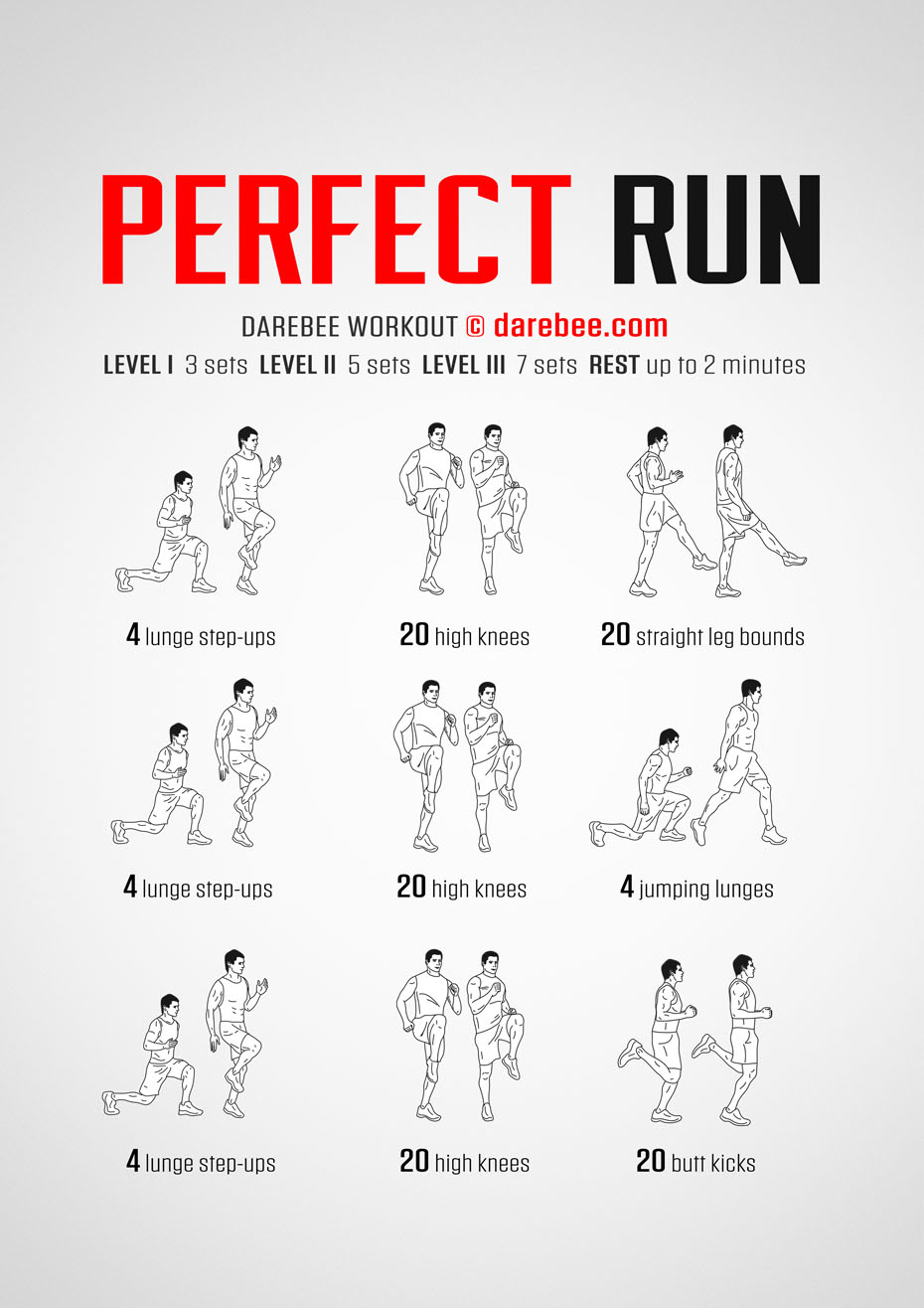Master Your Running Workout: Efficient Strategies for Success
The Ultimate Overview to Dealing With Discomfort When Running
Whether you are an experienced marathoner or just starting your running journey, recognizing the different types of pain that can emerge and the approaches to resolve them is important. From pre-run warm-up routines to correct shoes selection, there are numerous variables to take into consideration when it comes to dealing with discomfort while running.

Comprehending Different Sorts Of Running Discomfort
When running, it is necessary to compare different types of pain to avoid injuries and make the most of efficiency (Read More). One common sort of pain that joggers might experience is muscular tissue pain, which typically arises from the stress put on muscles throughout workout. This kind of discomfort is usually a normal component of the running process and can be managed through proper warm-up, cool-down, and stretching routines
An additional sort of pain to be familiar with is joint pain. Joint pain can show issues such as overuse, incorrect kind, or underlying conditions like joint inflammation. Ignoring joint pain can cause extra severe injuries, so it is vital to address any type of pain without delay and possibly seek specialist advice.
Additionally, sharp or stabbing pains must not be ignored. These kinds of pain can signify intense injuries such as strains, sprains, or anxiety cracks - running workout. Remaining to go through these types of pain can worsen the injury and lengthen recovery time

Pre-Run Workout and Stretching Routine
To prepare the body for a running session, applying an effective pre-run warm-up and extending regular is necessary. A correct workout helps boost blood circulation to the muscle mass, improves flexibility, and decreases the threat of injury throughout the run. Start with dynamic stretches like leg swings, arm circles, and high knees to slowly increase your heart rate and loosen up the muscular tissues. Dynamic stretching aids imitate the activities you'll be doing while running, preparing your body for the task ahead. Follow this with static stretches focusing on major muscular tissue teams such as the hamstrings, quadriceps, calf bones, and glutes. Hold each stretch for about 15-30 seconds without jumping to advertise muscle mass relaxation and flexibility. Bear in mind to pay attention to your body and change the intensity of your warm-up based upon your health and fitness degree and any type of pre-existing conditions. By incorporating a regular pre-run workout and stretching routine right into your running regimen, you can maximize performance and minimize the threat of discomfort or injury.
Correct Footwear Option and Fit
Choosing suitable footwear that fits well is crucial for joggers to stop discomfort and reduce the threat of injuries. Uncomfortable shoes can bring about blisters, black toe nails, shin splints, and other uncomfortable conditions that can prevent efficiency and sideline training. When choosing operating footwear, it is necessary to think about elements such as foot kind, running stride, arch assistance, padding, and shoe dimension. running strategy. Going to a specialized running store for a stride analysis and specialist fitting can assist guarantee that you pick the right shoes for your specific requirements. Running footwear should supply adequate assistance and stability while additionally being comfortable and lightweight. In addition, it is recommended to change your operating shoes every 300-500 miles to preserve correct cushioning and support. Purchasing premium shoes that is appropriate for your running design and foot makeup is a positive action towards protecting against pain and injuries throughout your runs.
Nourishment and Hydration Tips for Pain Prevention

Hydration is equally essential for runners to stay clear of aches, dehydration, and various other discomforts that can lead to pain throughout running. By prioritizing nutrition and hydration, joggers can enhance their performance, decrease pain, and take pleasure in a more comfy running experience.
Post-Run Recuperation Techniques to Relieve Discomfort
Carrying out reliable recuperation strategies is crucial for alleviating pain and promoting muscle recuperation after running sessions. In addition, topping aching locations for 15-20 mins can assist decrease inflammation and numb pain post-run.
Consuming a well balanced snack or meal that consists of healthy protein and carbohydrates within 30 minutes of completing a run can help fix muscle mass tissue and renew energy shops. By incorporating these post-run healing techniques right into your regimen, you can efficiently manage discomfort and enhance your running performance.
Verdict
Finally, addressing various kinds of running pain via appropriate warm-up, extending, footwear selection, nourishment, hydration, and post-run healing methods is vital see this website for pain prevention and monitoring. By understanding the reasons of pain and applying these methods, runners can decrease pain and possible injuries. It is vital to prioritize total physical health and wellness to guarantee a successful and delightful running experience.